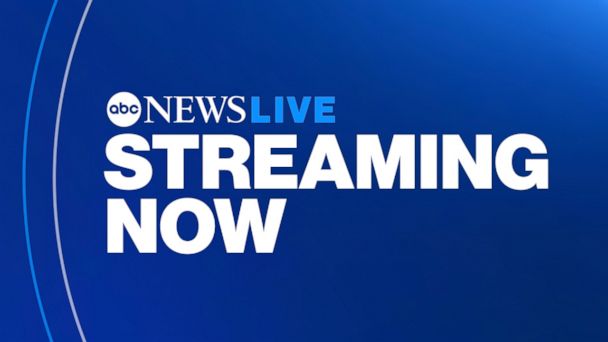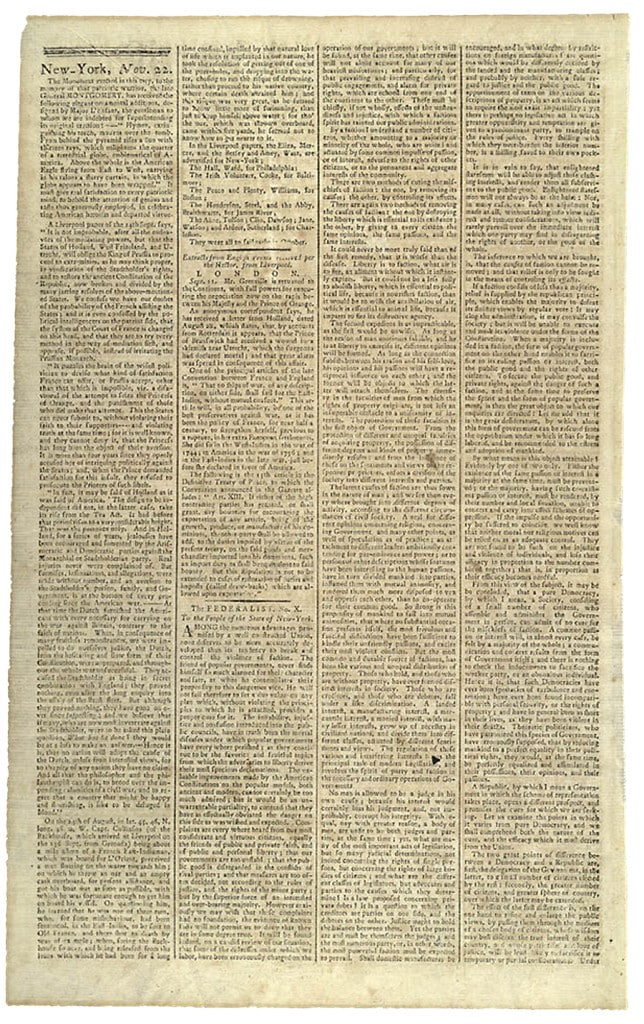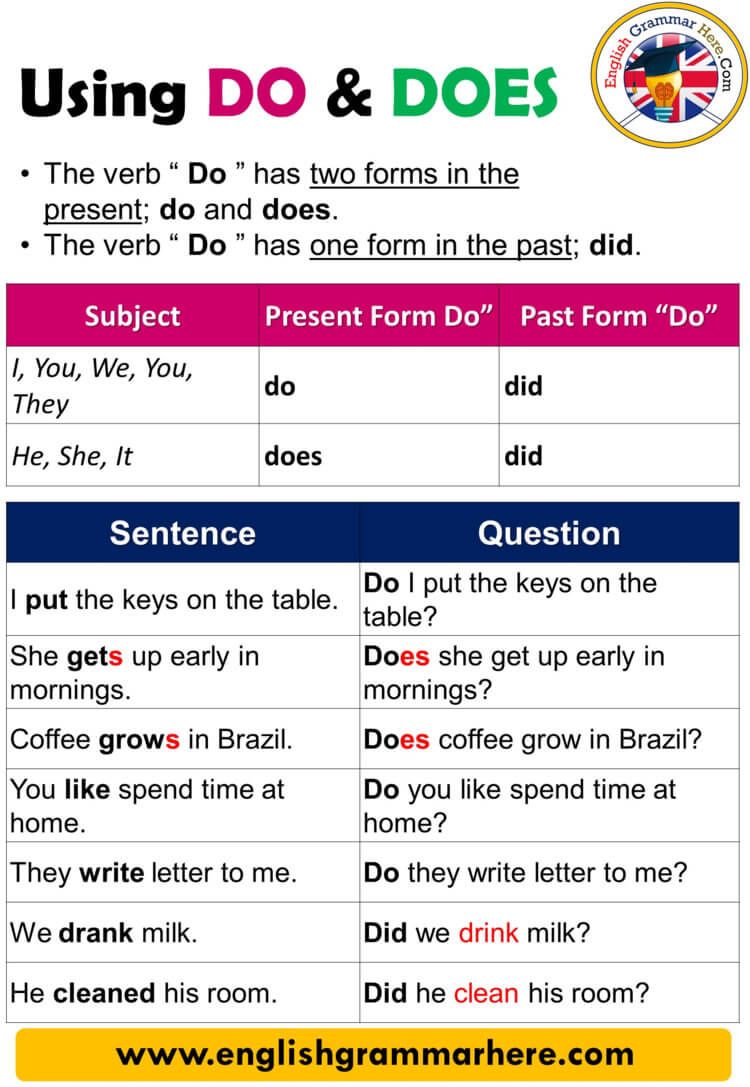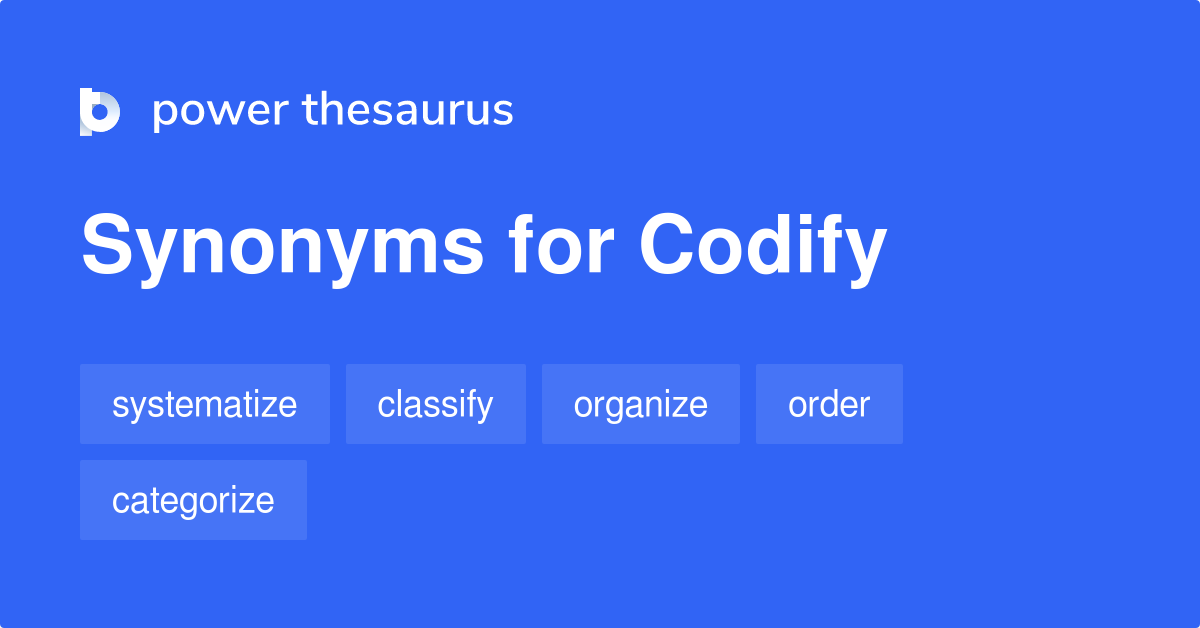Wokeism in Politics: Meaning, Debates, and How to Engage Constructively
Overview: What People Mean by “Wokeism” in Politics
In political debates, “wokeism” commonly refers to a cluster of ideas and policy preferences centered on recognizing and addressing systemic discrimination and social inequality. Contemporary usage often frames it as the promotion of progressive reforms related to race, gender, sexuality, and identity, though the exact meaning shifts depending on who uses the term and in what context [1] . Historically, the root term “woke” emerged in African American English to signal awareness of racial injustice, later expanding to broader social issues and becoming a flashpoint in partisan discourse [2] . Media coverage documents how some conservatives now use “woke” pejoratively to criticize progressive agendas, while others emphasize its origins as a call for vigilance against injustice [3] .
Origins and Evolution
The term “woke” has early roots in Black American communities, where “stay woke” conveyed awareness of systemic racism and the need for vigilance against harm. Over decades, it gained political connotations, and in the 2010s, its visibility rose alongside movements addressing police violence and inequality. As the term broadened to include awareness of sexism and LGBTQ rights, it moved into mainstream and global usage, drawing both support and criticism in political and cultural arenas [2] . News reporting has highlighted that while the term once functioned as a positive alert against injustice within the Black community, it is now frequently used in partisan argument, with different audiences attaching divergent meanings to it [3] .
Working Definition in Politics
In contemporary political speech, “wokeism” is often defined as an ideology or posture that emphasizes the recognition of systemic bias and supports reforms to address inequity in institutions, laws, and culture. Lexical references summarize it as the promotion of progressive policies linked to sensitivity toward structural injustices and prejudices [1] . Analytical essays describe it as a belief system that views discrimination as structural-not merely individual-thus calling for active awareness and institutional change across domains such as gender, race, and sexuality [4] .
Why the Term Is Contested
Contestation arises because “woke” functions as both description and political label. Descriptively, it signals awareness of injustices and support for reform. As a label, opponents use it as shorthand for policies they consider excessive, illiberal, or performative. Encyclopedic summaries show that from 2019 onward “woke” has often been used sarcastically to disparage progressive movements and corporate messaging perceived as superficial. At the same time, some on the left critique “wokeness” for performative activism that fails to deliver material improvements, illustrating internal disagreements about strategy and outcomes [2] . Cross-partisan explainers further document that liberals may associate “woke” with necessary reforms, while conservatives may see it as an ideology that overemphasizes identity groups or imposes cultural conformity [5] .
Common Policy Areas Associated with “Wokeism”
While the term itself is imprecise, public debate frequently links it to policy and cultural change in several domains:
- Civil rights and anti-discrimination : Strengthening protections against racial, gender, and LGBTQ discrimination in workplaces, schools, and public accommodations, based on the premise that bias is embedded in institutions and outcomes [1] .
- Education and curricula : Curricular reforms, inclusive materials, and diversity initiatives intended to recognize historical and contemporary inequities, which supporters view as necessary context and critics frame as ideological [5] .
- Policing and criminal justice : Calls for accountability, diversion programs, or reallocating resources to community services, rooted in claims of systemic disparities and unequal enforcement [2] .
- Corporate DEI and culture : Adoption of diversity, equity, and inclusion initiatives, which proponents say broaden opportunity and opponents critique as symbolic or coercive; debates often cite “woke capitalism” as performative branding [2] .
How to Evaluate Claims and Policies
Because “wokeism” is used variably, citizens benefit from a structured approach to assess claims and proposals. Consider the following method:
1) Clarify definitions and scope. Ask speakers to specify which policy, dataset, or practice they mean by “woke.” This reduces ambiguity and helps you evaluate a concrete proposal rather than a label. Lexical and analytic sources emphasize that definitions differ across audiences, so specificity is crucial [1] [5] .
2) Review historical context. Recognize that “woke” originated as a call to vigilance about racial injustice. Understanding that history can improve the quality of discussion and reduce caricatures [3] [2] .
3) Examine evidence for systemic claims. When a proposal asserts structural bias, look for documented disparities, legal precedents, or peer-reviewed studies. If evidence is inconclusive, consider pilot programs, sunset clauses, and evaluation metrics. Analytical commentary notes that the “systemic” frame is central to many arguments associated with the term [4] .
4) Distinguish outcomes from intentions. Supporters view many initiatives as remedies to inequity, while critics warn about unintended effects or expressive symbolism. Encyclopedic treatments note both supportive and critical uses, including charges of performativity and overreach [2] .
5) Compare alternatives. Ask whether the same goals can be reached via different instruments (e.g., targeted economic support versus identity-specific mandates). Cross-partisan explainers highlight divergent philosophies about identity-based versus universal approaches [5] .
Practical Steps for Civic Engagement
Attend local meetings and request specifics. You can ask school boards, city councils, or committees to provide program goals, success metrics, and cost-benefit analyses for any equity or inclusion initiative. Request written summaries, data sources, and timelines for review. If links are not available or you are unsure of official portals, you can visit the official website of your city or school district by searching for the agency’s name and the term “board meeting agenda.” This approach helps ensure you use verified, official channels.
Evaluate education proposals carefully. Ask for sample curricula, professional development outlines, and parental engagement policies. You may request opt-in/opt-out options where permitted by local rules. If uncertain about online resources, contact the district office by phone or email listed on its official site and ask for “curriculum review procedures” and “public comment schedules.”
Assess workplace and organizational initiatives. If your organization considers DEI programs, ask for baseline metrics (hiring, retention, promotion rates), training objectives, and evaluation plans. Consider alternative or complementary strategies-such as mentorships, transparent promotion criteria, and skills-based hiring-that may achieve similar goals. If no official guidance is provided online, you can ask your HR department for written policies and any post-training outcome reports.
Analyze media and political messaging. Since “woke” is often used as a catch-all, request concrete examples and documentation. Cross-check claims with reputable, established outlets and primary sources. When links are unclear or disputed, search for official reports by the relevant agency or legislative body and verify the publication date and authorship.

Source: thenandnow.co
Real-World Examples and Challenges
Education debates. School districts across the U.S. have considered inclusive curricula and teacher training. Supporters argue these foster belonging and address achievement gaps; critics worry about politicization or insufficient parental input. Encyclopedic and media sources reflect these polarized reactions and the broader shift from a narrow to a broader usage of “woke” in public life [2] [3] . A practical approach is to ask for pilot programs with defined metrics (attendance, disciplinary incidents, reading/math outcomes) and independent evaluation.
Corporate initiatives. Companies have adopted diversity statements, training, and goals. Supporters cite fairness and innovation; critics cite performativity and lack of measurable impact. The rise of terms like “woke capitalism” captures this tension. To navigate it, request evidence-based interventions, time-bound goals, and transparent reporting on outcomes, not just activities [2] .
Policing and community safety. Some jurisdictions have explored shifting resources to prevention and community services. Advocates argue this addresses structural drivers of crime; detractors question efficacy and potential unintended consequences. Given the complexity, residents can ask for pilot timelines, crime trend baselines, and third-party evaluations before large-scale changes [2] .

Source: themindguild.com
Constructive Dialogue Techniques
Define terms together. Start conversations by clarifying what each person means by “woke” or “wokeism,” citing specific policies rather than general labels. Lexical and analytic sources underscore that contested definitions drive much of the conflict [1] [5] .
Ground discussions in evidence. Request data or case studies, acknowledge uncertainty, and be open to revising positions when new information emerges. Analytical essays emphasize the role of systemic claims, which require careful evaluation and monitoring [4] .
Focus on outcomes and accountability. Ask decision-makers to specify success metrics and reporting timelines. Encourage independent audits and sunset clauses where appropriate. Encyclopedic sources document both support and skepticism toward “woke” initiatives-accountability can bridge divides by focusing on measurable results [2] .
Key Takeaways
In politics, “wokeism” is best understood as a contested umbrella term connected to efforts to recognize and remediate systemic inequalities through law, policy, and culture. Its meanings diverge across communities and partisanship. To engage productively, define terms, demand evidence, compare alternatives, and evaluate outcomes through transparent metrics. This approach respects the term’s historical origins while keeping focus on practical governance and accountability [3] [2] [1] .
References
[1] Dictionary.com (n.d.). Wokeism: definition and usage.
[2] Wikipedia (n.d.). Woke: history, usage, and political debate.
[3] ABC News (2025). What does ‘woke’ mean and why are some conservatives using it?
MORE FROM dealhole.com













